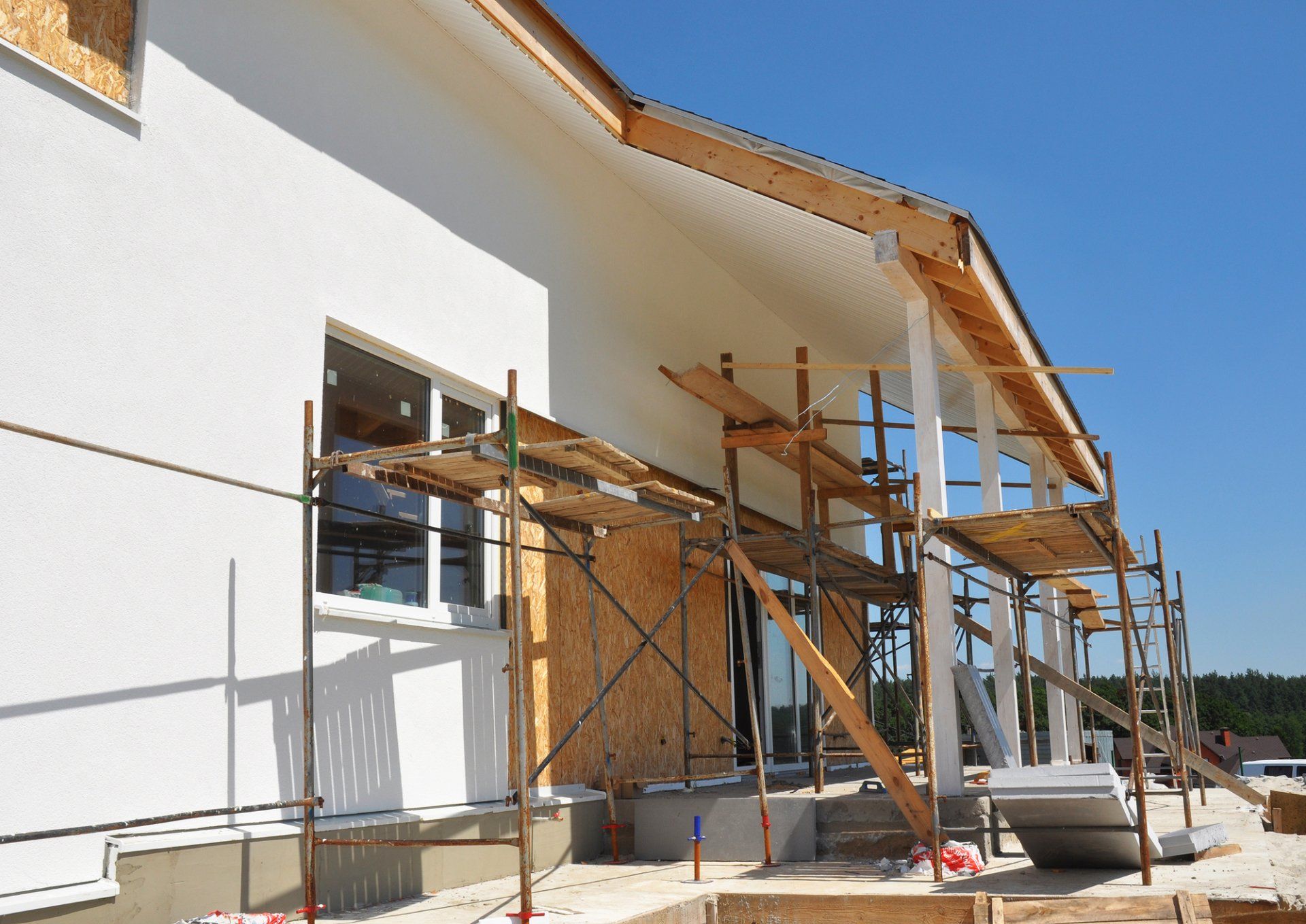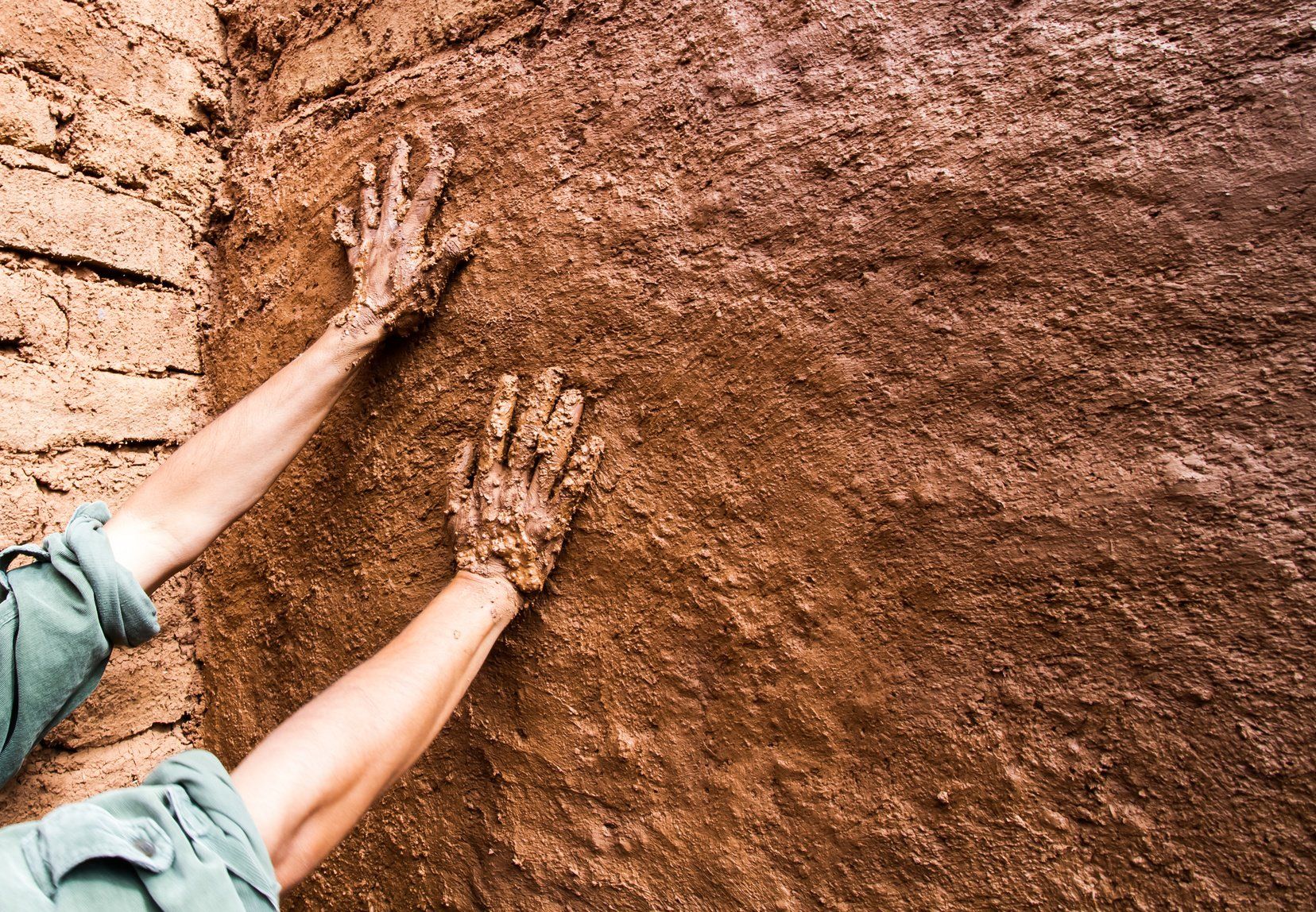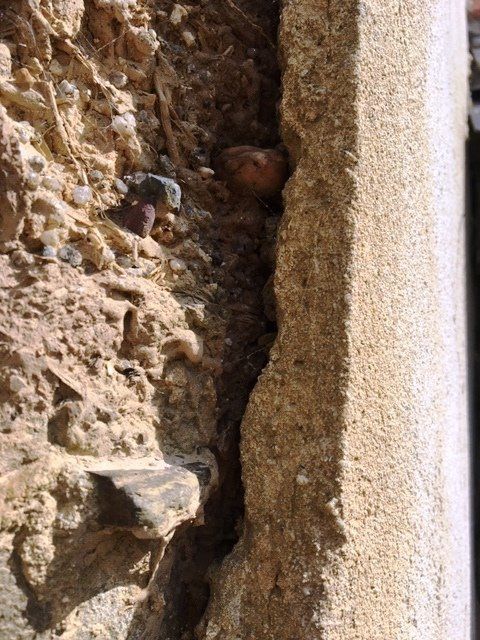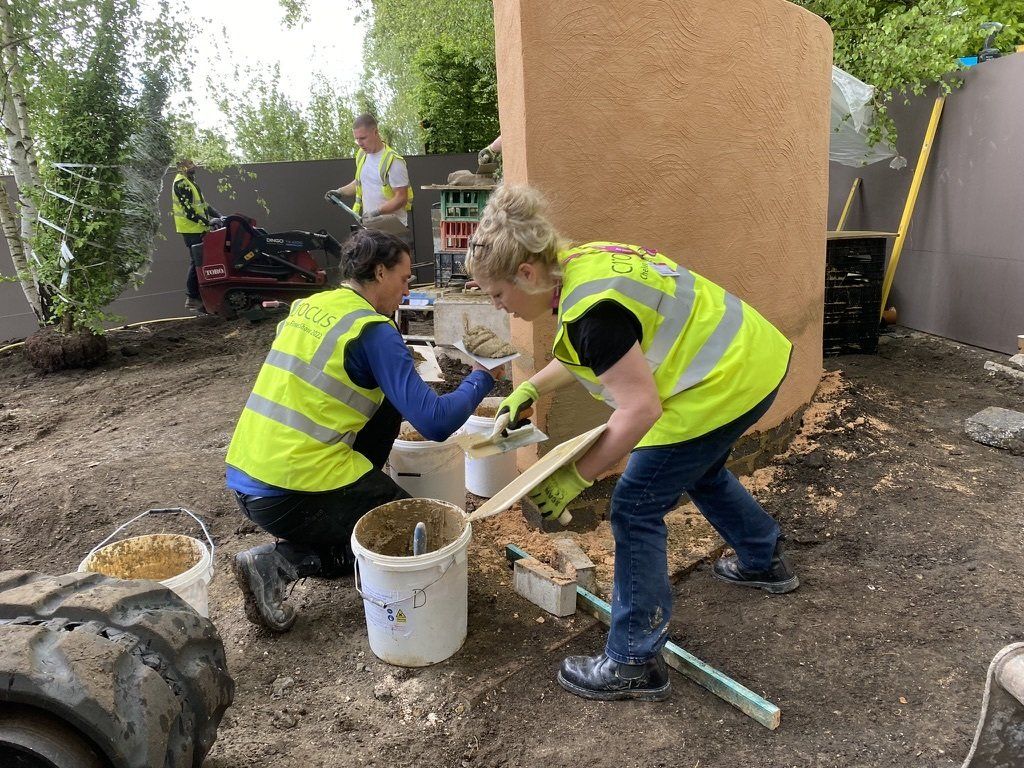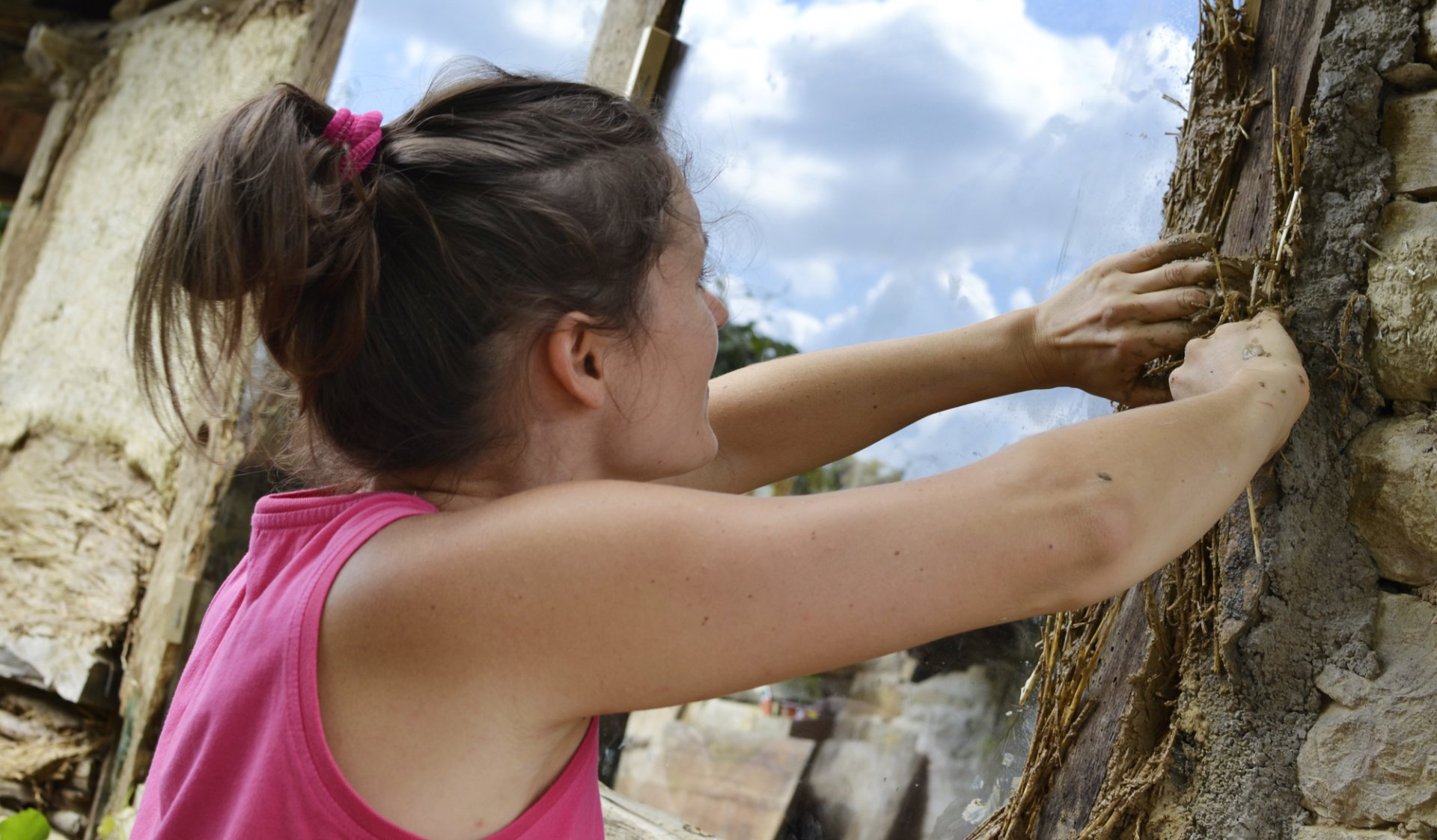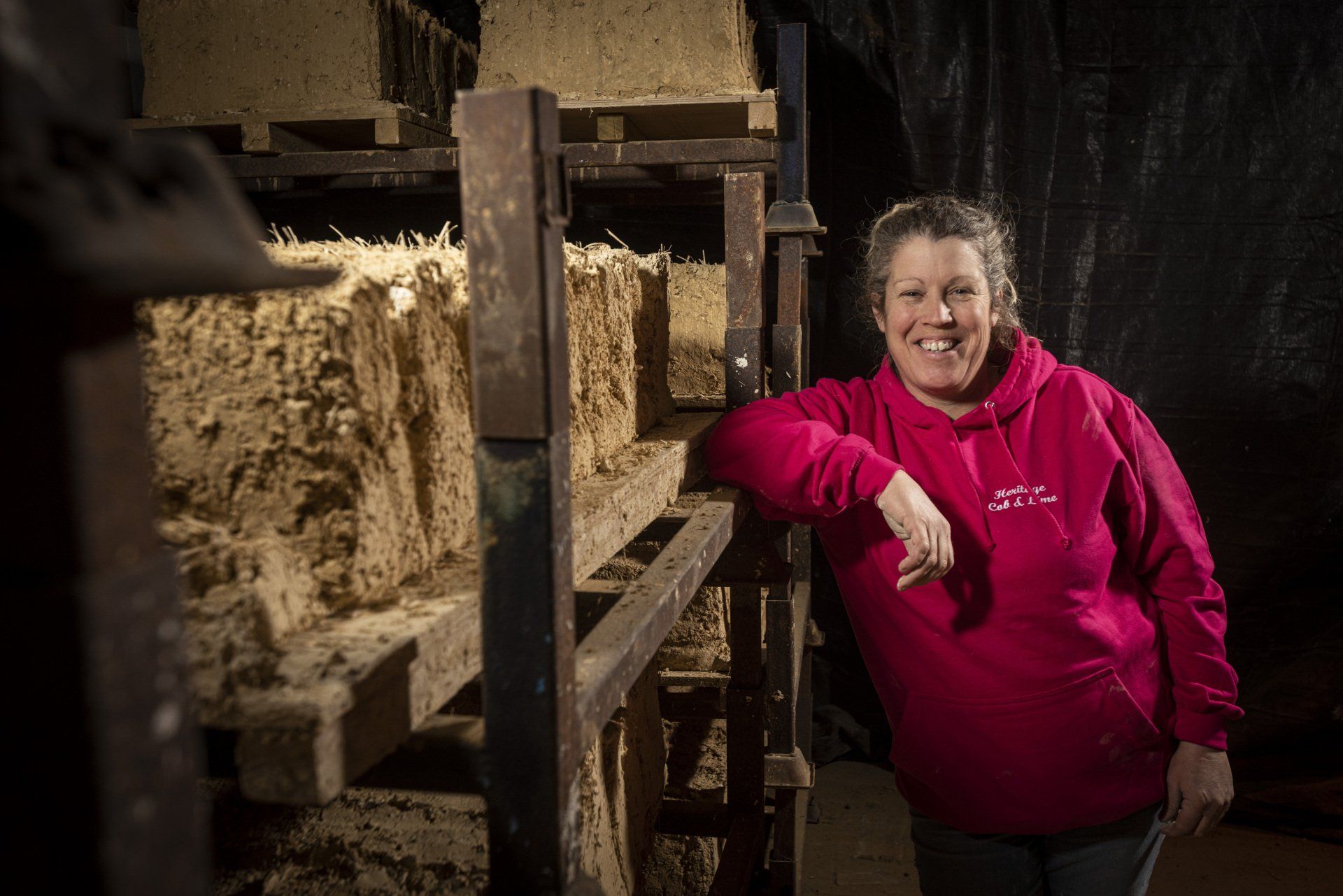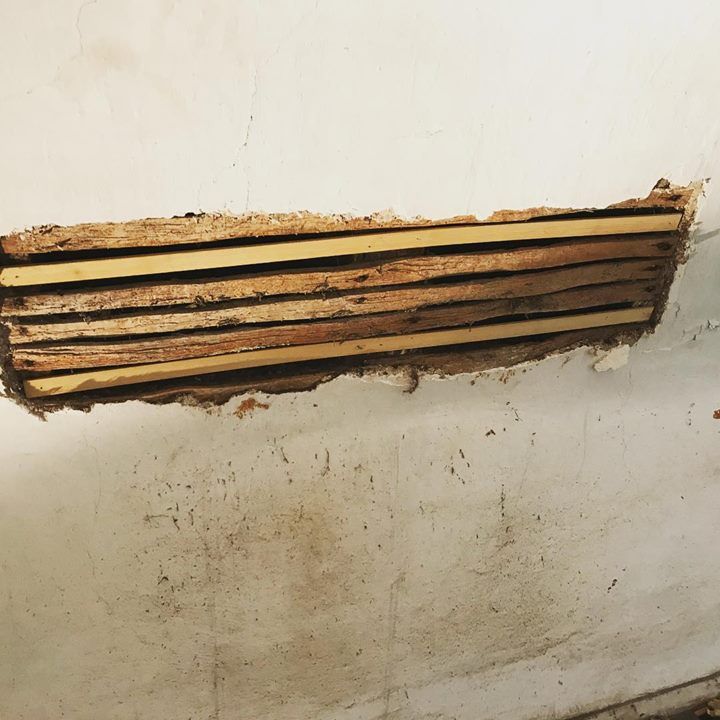Bideford Business Park Unit 20 | Coates Road East-The-Water | Bideford | EX39 4GD
Natural Hydraulic Lime on Cob are poor companions!
The use of Natural Hydraulic Lime (NHL) on Cob is a Big NO!
We are very aware of a current bad practice, which is being encouraged by some suppliers & builders, of using NHL limes (Natural Hydraulic Lime) on Cob/Earth buildings. We think one of the main reasons for this is both builders and customers are seeing it as a quicker/cheaper option than using Non-Hydraulic Lime (fatty lime mortar). The results are fairly damning, with signs of NHL renders delaminating quite quickly from the cob underneath.
There is a simple explanation as to why NHL should not be used on Cob.
Pure NHL mortars & plasters end up setting as hard, if not harder than sand & cement. Historic England & Historic Scotland is now banning the use of NHL's in the restoration of listed properties & there is a huge movement away from NHL's as a render system. Unfortunately NHL's are being abused & incorrectly used by many & this movement will take time to filter down through to general builders.
Ignorance is not an answer when there are many case studies occurring & many results already available. We are currently carrying out three case studies on Cob properties & we are busy collating the information. This helps us produce the correct materials required for properties in our local area. We encourage maximum breathability for any property built with lime or earth mortars & this includes having good drainage.
Non- Hydraulic mortar (fatty lime mortar which we make here in our warehouse) has the best breathability. The porosity is good, as the aggregate we use are varied (limestone, sandstone, quartz & flint) ranging from 0-4mm, which gives the best breathable binder to the mortar & the mortar won't shrink or crack. (All Non- Hydraulic Limes should contain a large element of limestone as this creates the capillaries, which gives the breathability.)
We are able to offer products which encourage like for like repair. We have available two types of cob, depending on the vernacular repair being required. We have available our North Devon local cob ( soft beige in colour) & the Red Devon Cob, predominately found in towards the Somerset & Devon boarder & into South Devon.
We also make an earth plaster, replicating a medieval plaster. Along with this our North Devon cob can be purchased in a wet form as well as dry blocks or bricks.
If in any doubt, please ring and ask us, it could save you a small fortune by ensuring you have the correct lime mortar on your property. All our advice is given in good faith & gained from years of being in the industry.
